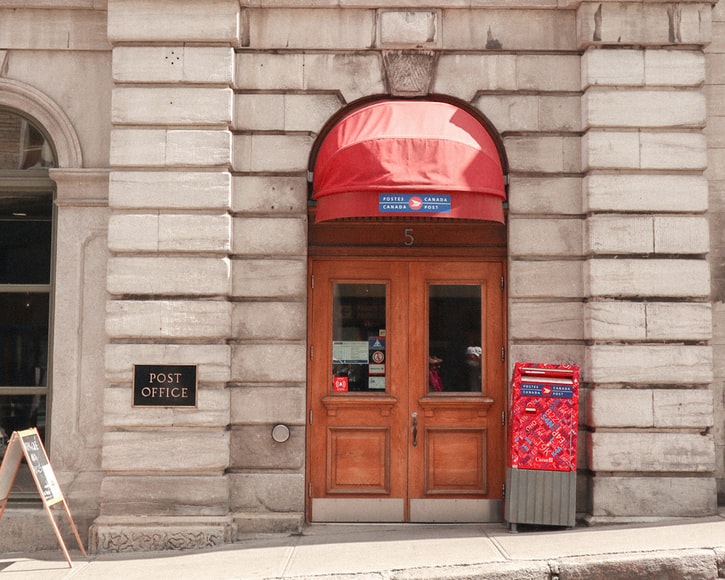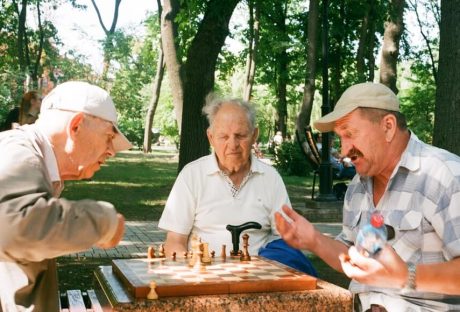It seems like posts offices have been prevalent since the beginning of time. Predominantly, they are known for sending letters and parcels to distant relatives, friends, and clients. Whether national or international, a post office is a primary source for these items. But, in reality, the outpost goes way beyond. From banking and bills, postage, travel, and insurance, the Office takes care of it all. There are broadband services and identity-related services too. Let’s explore this in detail.
Postage
The British Post Office allows you to send or receive items within the UK or EU. Plus, they also cater to international postage. When sending letters or parcels within the UK, there are two categories of Standard delivery – 1st Class and 2nd Class. The First Class option shall deliver the package the next working day, whereas the Second Class in two to three working days.
There are other postal services such as Signed delivery. It notifies you when the recipient acknowledges the parcel. Another use of this service is that you can track the journey of your package. There is also Guaranteed next-day delivery.
The British Postage system renders the Drop & Go service for regular users. The service expedites the delivery as there is no weighing or printing. The process needs stamps and postages on every outgoing item. This is where an automated franking machine has been gaining traction lately.
Now that was all within the UK. The services overseas or abroad are typically the same. But there is one exception. There are four categories of international delivery – standard, confirmed, guaranteed, and economy.
Banking and Bills
The British Post Office also caters to all your banking needs. Whether you have children pursuing education overseas or have a family abroad, you can transfer funds using the money transfers online service. Furthermore, you can also fulfill your other regular and everyday banking needs, such as paying bills and top-ups.
The Post Office also provides ancillary banking-related services such as savings accounts, including bonds and ISAs, loans, credit cards, and mortgages. There is also the ‘other services’ category. It includes postal orders, cheque authority cards, post office payout, current accounts, and a pre-paid funeral plan.
Insurance
There are several valuables that one seeks to secure, including home, motor, and life. The British Post Office provides these three along with insurance for your pets, gadgets, and even your travel plans. While most of the types are self-explanatory, life and travel include multiple covers.
When it comes to life insurance, the Office offers over 50s insurance, critical illness cover, and free parent life cover. It also provides a funeral benefit option.
Under travel insurance, there are two types – cruise travel and winter sports. In addition to this, one can opt for either a single trip or the annual multi-trip insurance. The ‘all travel insurance’ also encompasses all the services, including gadget travel cover, offered as an individual add-on under the policy. Additionally, travelers can get themselves medically insured through a pre-existing plan.
Travel
When traveling to another nation, one needs to transact in the foreign currency. The British Post Office takes care of this as well. The first option is All Travel which embodies all the individual services under the travel category. The travel money card is a renewable multi-currency card.
The account is synced with the Travel app, which makes managing the account incredibly convenient. It is available and accessible anywhere and at any time. This service is available with Apple Pay and Google Pay.
Another option is Click & Collect, using which users can collect their desired currency within two hours. There are up to 60 currencies available, and travelers can sell any unused currency. There is also a refund guarantee for, if and when, travel plans get canceled. All within a vast timeline of 28 days from purchase.
Broadband & Phone
The British Post Office also enables citizens to avail broadband, phone plans, and recharge. You can find out about call charges and prices for the same using the Post Office website. Remember that there are attached terms and conditions, so make sure you read the fine print before signing up. Lastly, a customer complaints code comes in handy when dealing with grievances.
Identity Services
Under identity services, the British Post Office enables citizens to renew their passports or apply for lost documents. Those having urgent travel plans – within six weeks – can avail of emergency travel documents. For UK citizens, the Post Office offers the ESTA or Electronic System for Travel Authorisation. With this, you can visit the US for less than 90 days without a visa.
Retail and Gifting
As surprising as it may sound, the British Post Office offers retail and gifting services. Citizens get to avail gift cards for celebrations such as festive occasions. You can also apply for gift cards for family members and teachers. Plus, you have the option of gaming gift cards too.
Parting Words
The Post Office offers multiple services across the board. It is a one-stop solution that can support banking, travel, insurance, and of course, postage. Although the world has gotten digital, the post office and its services are still important and relevant in the current times. The onus lies on you to use them to your benefit.
Read Also:

























